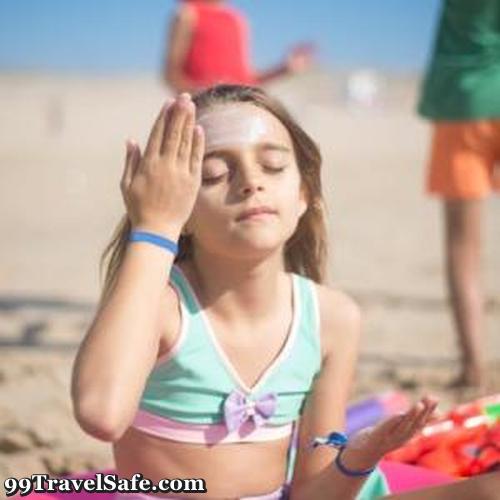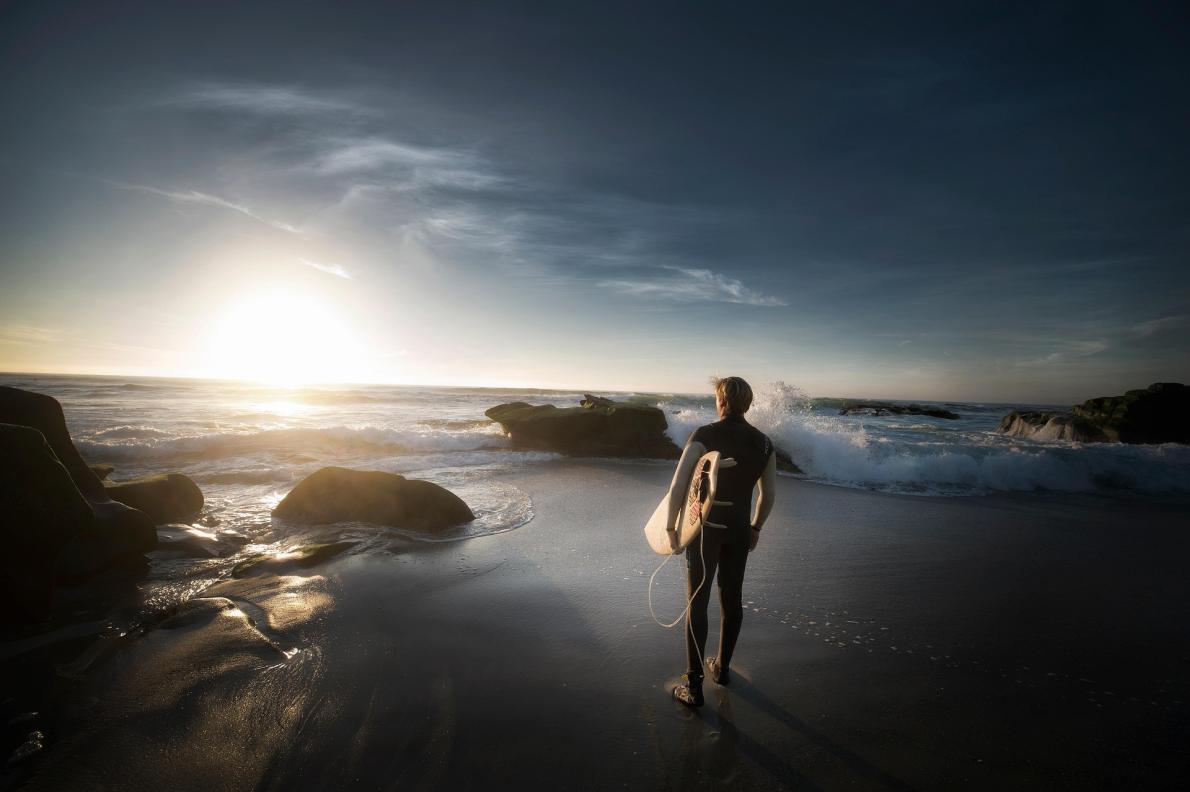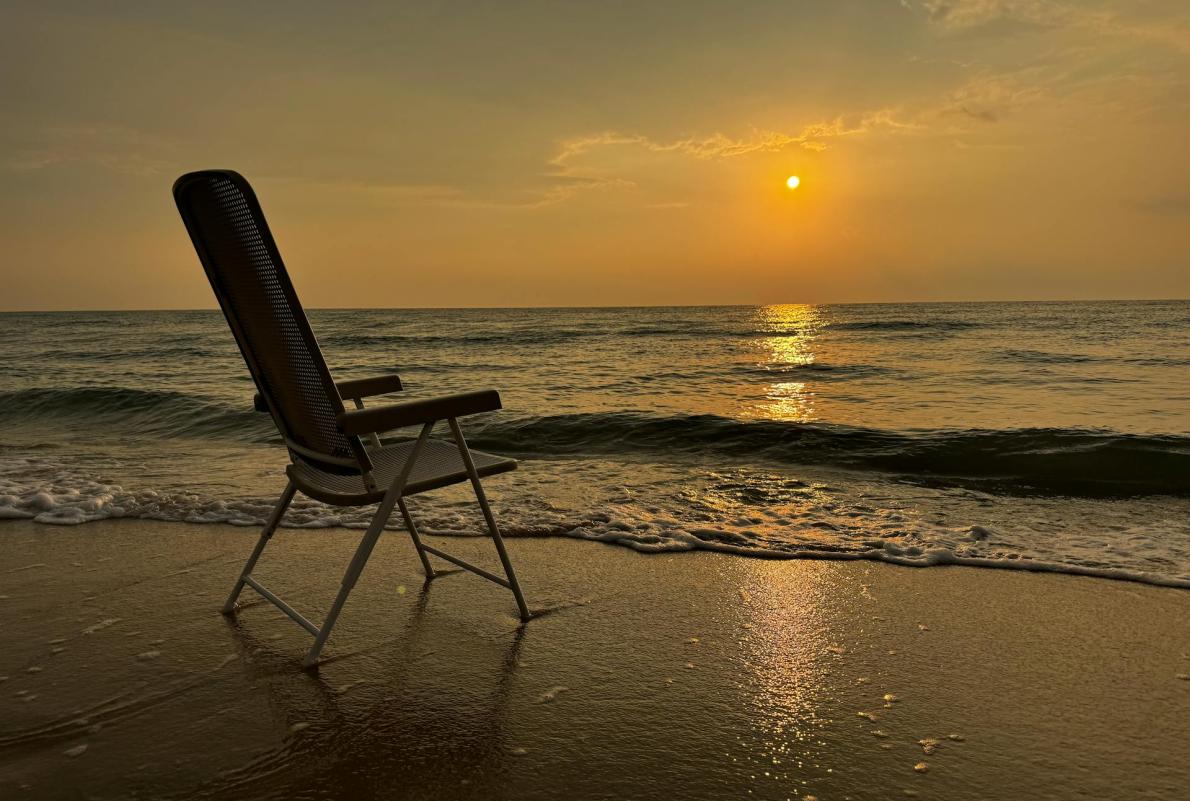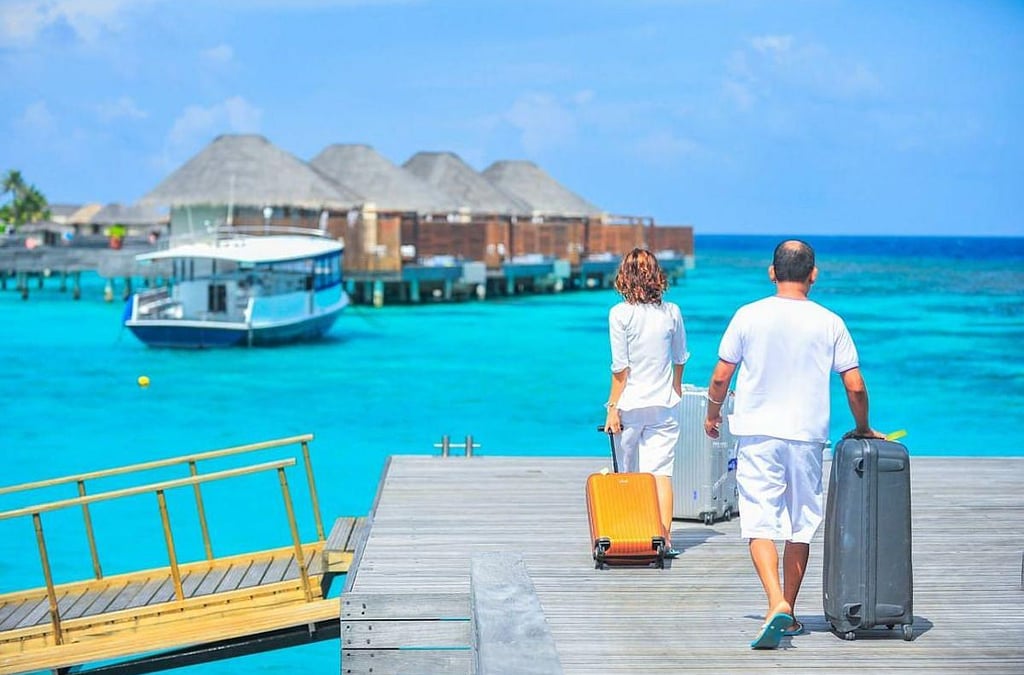

99TravelSafe.com
The Website For The Smart and Savvy Traveler
41 - Safety in the Sun!


Safety in the Sun!


Play golf, tennis, swim, etc., in the early morning or late afternoon
LIMIT outdoor activities between 10 a.m. and 4 p.m. in the summer months!
Wear a good pair of sun glasses to ward off the sun from your eyes and some put kind of protection - the looser the better - on your head
Clouds and particulate matter in the air scatter sunlight
Therefore, you may receive a "surprise sunburn" even on a cloudy day!
Your physician can advise you about medications that can cause problems in the sun!
Some drugs & cosmetics - Tetracycline, diuretics, major tranquilizers - may increase susceptibility to sunburn because they contain substances that cause the skin to absorb more of the sun's radiation. These "photosensitivity reactions" may also be caused by birth control pills


Safety in the Sun!


Energy from the sun reaches the earth as visible, infrared, and ultraviolet (both UVA and UVB) rays
The skin reacts to UV light by tanning
When UV rays hit the skin, the skin makes more melanin. Melanin is the color (pigment) that causes tanning
Ultraviolet rays react with melanin. This is the first defense against the sun. That’s because melanin absorbs the dangerous UV rays that can do serious skin damage. A sunburn develops when the amount of UV damage exceeds the protection that the skin's melanin can provide. A suntan represents the skin's response to injury from the sun. A small amount of sun exposure is healthy and pleasurable. But too much can be dangerous
Measures should be taken to prevent overexposure to sunlight!
These preventive measures can reduce the risks of cancers, premature aging of the skin, the development of cataracts and other harmful effects on the human body
To Prevent Sunburn and Other Harmful Effects of the Sun:
-- Apply a broad-spectrum water-resistant sunscreen with an SPF (Sun Protection Factor) of at least 30 to all exposed skin to protect against both UVA and UVB ultra-violet sun's rays
-- Broad spectrum means the sunscreen protects you from both UVA and UVB rays. Re-apply sunscreen about every 2 hours and after swimming or sweating
-- Wear protective clothing such as a long-sleeved shirt, pants, a wide-brimmed hat, and sunglasses, whenever possible. Look for clothing with a UV protection factor (UPF) or made of a tightly woven fabric!


Safety in the Sun!


Use extra caution near water, snow, and sand. They reflect rays of the sun. This can increase your chances of sunburn
The sun's rays are strongest between 10 a.m. and 4 p.m. If your shadow is shorter than you are, seek shade!
Get vitamin D through a healthy diet that may include vitamin supplements
Do not use tanning beds. Ultraviolet light from the sun and tanning beds can cause skin cancer and wrinkling. If you want to look tan, try using a self-tanning product. But also use sunscreen with it
Protect your lips with lip balm with at least SPF 15
Examine your entire skin regularly. If you notice anything changing, growing, or bleeding on your skin, consult a healthcare provider immediately. Skin cancer is very treatable when caught early!
Sand and pavement reflect UV rays even while under an umbrella. Snow and water are also good reflectors of the sun's ultraviolet rays
Reflective surfaces can reflect most of the damaging sun rays. These reflected rays can also do damage to the human body!


Safety in the Sun - A Summary!


To stay safe in the sun and on the sand, you should apply broad-spectrum sunscreen with an SPF of at least 30 every two hours, wear protective clothing like a wide-brimmed hat and sunglasses, stay in the shade, especially between 10 a.m. and 4 p.m., and drink plenty of water to stay hydrated.
Sunscreen & Protection
Use SPF 30+ Sunscreen:
Apply a broad-spectrum sunscreen with a Sun Protection Factor (SPF) of 30 or higher generously, even on cloudy days.
Reapply Often:
Sunscreen should be reapplied every two hours, and more frequently after swimming, sweating, or towel-drying.
Wear Protective Clothing:
Cover up with lightweight, loose-fitting, light-colored clothing, a wide-brimmed hat, and UV-protective sunglasses to shield your skin.
Stay in the Shade
Seek Shade:
Spend time in the shade, particularly during the sun's strongest hours, which are typically between 11 a.m. and 3 p.m. or 4 p.m..
Stay Hydrated
Drink Water:
Drink plenty of water throughout the day, even before you feel thirsty, to prevent dehydration.
Avoid Alcohol:
Limit or avoid alcohol consumption when spending extended periods in the sun, as it can increase the risk of dehydration.
Be Prepared
Pack Essentials:
Pack a cooler with water and healthy snacks to ensure you stay hydrated and energized for your time outdoors.
Know the Risks:
Be aware that prolonged sun exposure can lead to sunburn, skin cancer, and heat-related illnesses like heat exhaustion or heat stroke.
Be Aware of Your Skin:
Regularly check your skin for any new moles, growths, or changes to help detect potential skin cancer early!
Protect Babies
Keep infants under six months out of direct sunlight, as their skin is too delicate for most sunscreens




